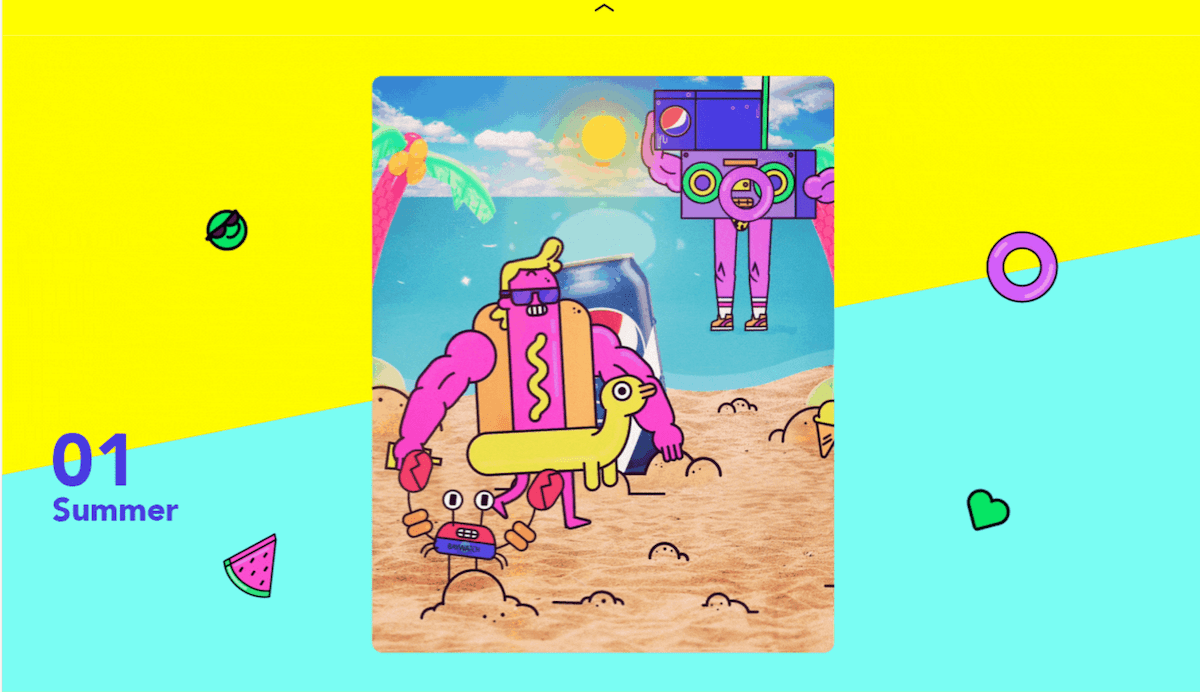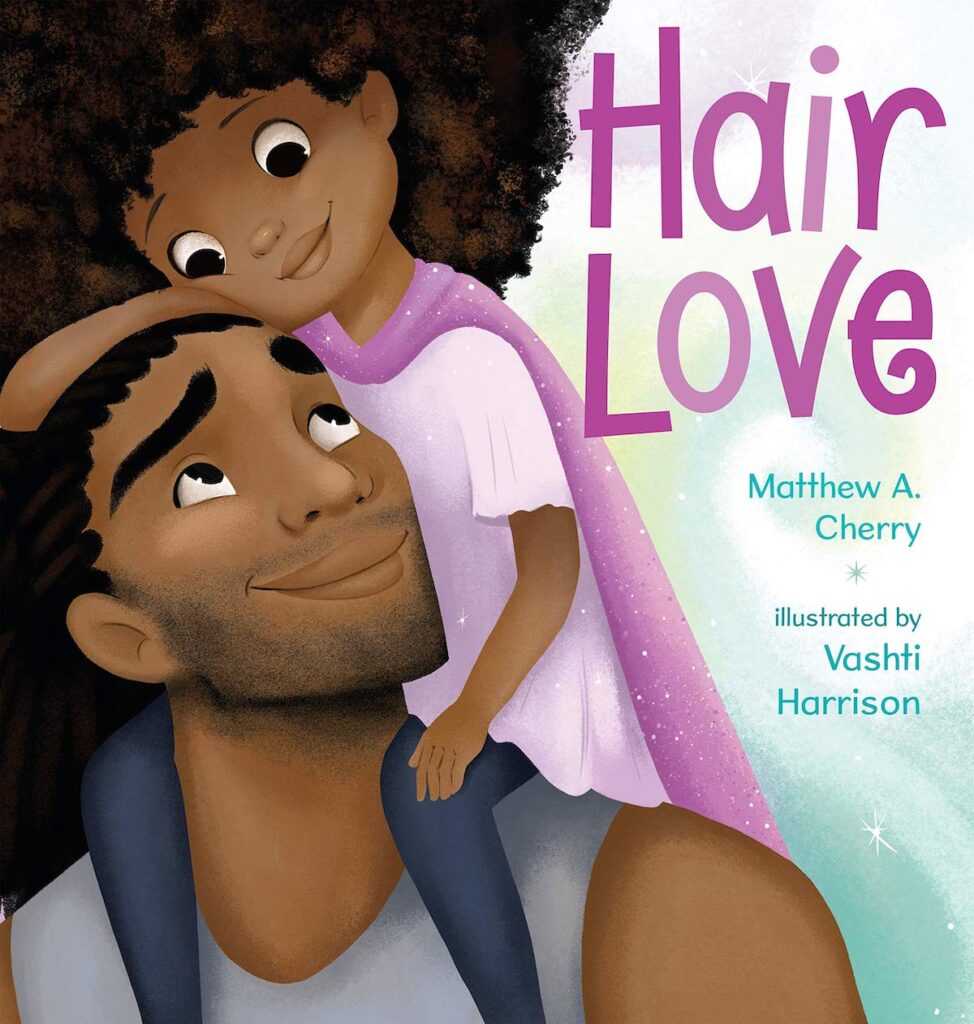Animation has been captivating the imaginations of children and adults alike for several generations. Most of us can look back fondly on our favorite cartoon shows and movies. We share the classics with our families and remark on how advanced animation has become and continues to evolve.
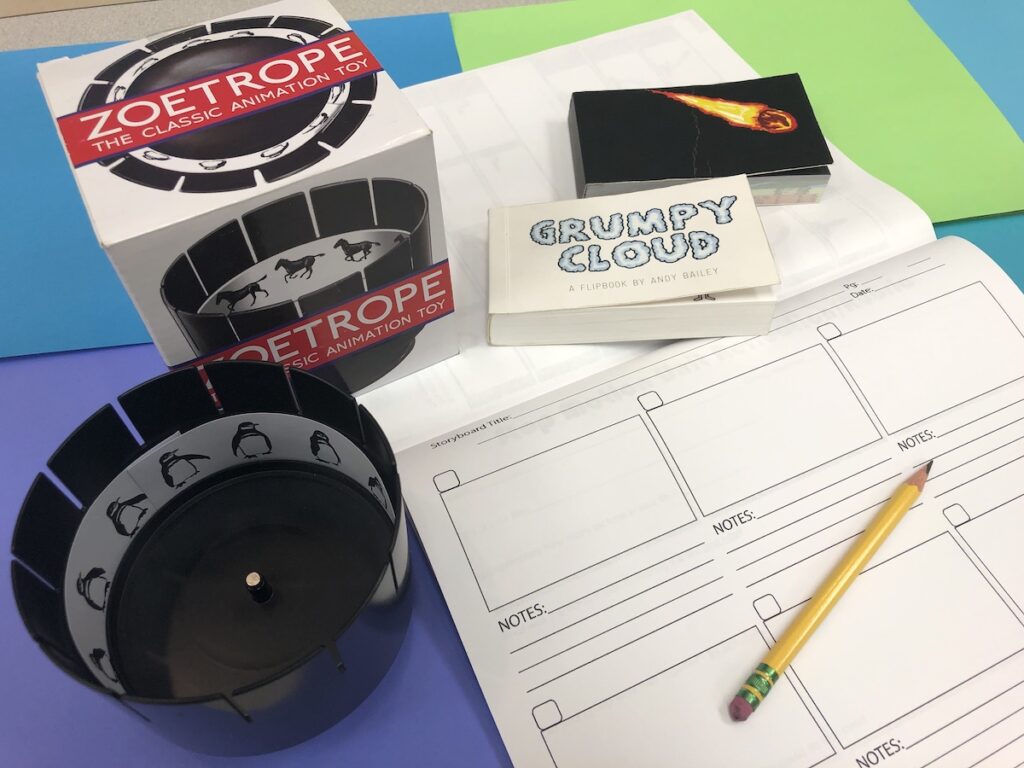
Art teachers have often shared with students that animation is a potential art career path. However, few teachers take the art form any further in the classroom. With today’s technology, students have access to creating their own animations through software programs and smartphone apps. Art teachers can harness student interest with engaging projects in animation.
5 Artists to Inspire Student Animation
1. Nick Park
Nick Park is a British animator, most famous for his series Wallace and Gromit. He used traditional stop-motion techniques to make his characters come to life. He’s also the creator of Creature Comforts, Shaun the Sheep, and Early Man. His 2000 film, Chicken Run, is the highest-grossing stop-motion film in history. He has won four Academy Awards for his animated films.
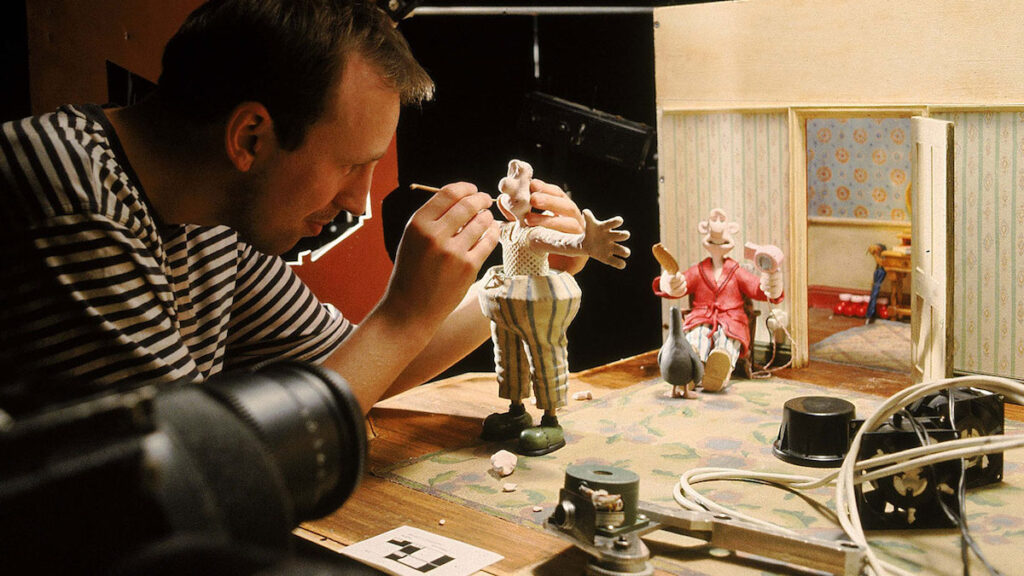
Students may recognize some of Park’s characters. Early Man and the Shaun the Sheep sequel are recent movies, and a sequel to Chicken Run is slated for a 2021 release. Park’s work is instantly recognizable. He creates each character out of clay. According to Park, “With clay, you can create character out of tiny nuances. Gromit was born out of clay, really. If he’d been designed by computer, I’d never have arrived at him.”
You can share clips of Park’s work with students to inspire simple stop-motion assignments using clay. Students can storyboard a simple story or movement and create a model. After photographing the still object, students can slightly move or manipulate the piece and take a picture for the next frame. Free apps like Stop Motion Studio can help students turn their still images into a short animated film!
2. William Kentridge
William Kentridge is a South African artist, well-known for his animated films using charcoal, with the occasional red or blue pastel. He created a series of nine animated films from 1989 through 2003. He works on the same sheet of paper, rather than redrawing each frame of the animation. Throughout the films, you will notice remnants of previous drawings.
Kentridge’s films address social and political issues in South Africa. His work portrays the struggles many South Africans faced during and after apartheid. His process of erasing the charcoal marks and redrawing some areas speaks to the passage of time and fading memory of history.
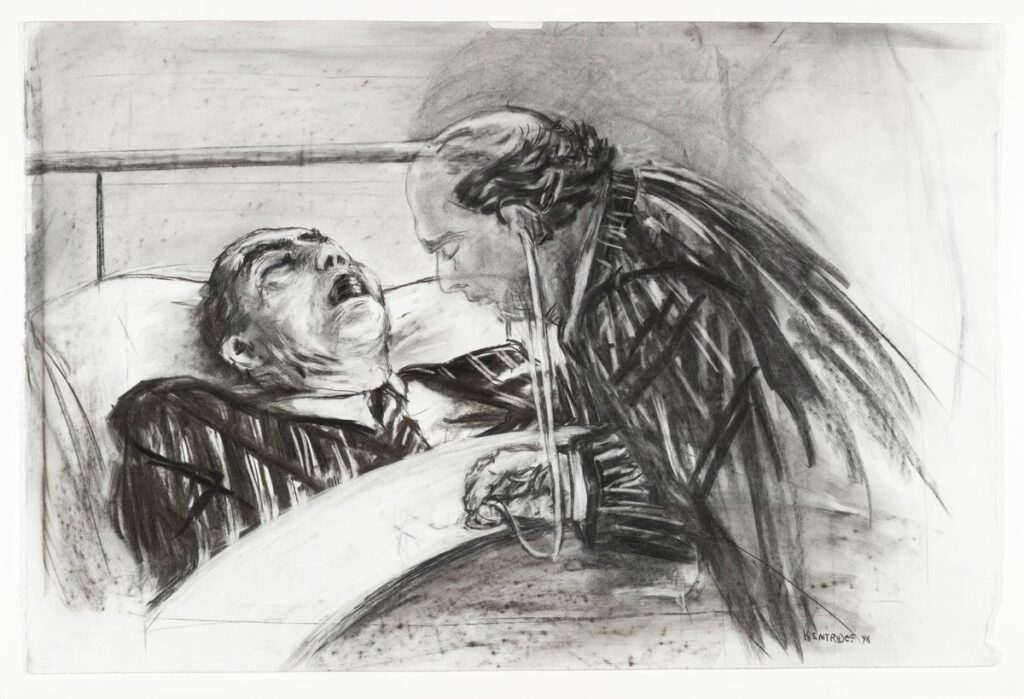
Photo: Nathan Keay, © MCA Chicago
Your students could also create stop-motion animations using 2D materials. Kentridge uses successive charcoal drawings for his animations. Your students can experiment with his process and photographing still images to animate into a film clip.
You could also have your students try a more traditional approach by drawing each frame. This can be made easier by implementing a light table, window, etc. to help students trace parts of their drawing and make changes needed to show movement. These can be photographed similarly for an animated clip, or you could have students create a simple flipbook.
3. Carlos Rupit
Carlos Rupit is an animator based in Mexico, who has collaborated with major brands such as Pepsi, Gatorade, and Google. He combines illustration and animation in his work. He uses bright colors and fun designs that have influenced the style of some of today’s internet ad campaigns.
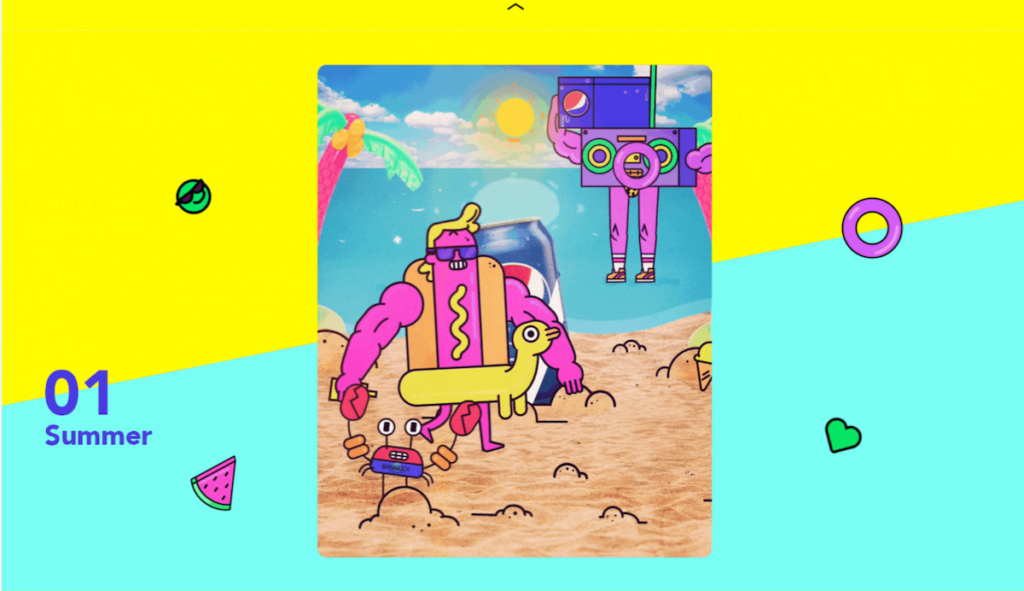
You can show your students a collection of Rupit’s work on his Behance page. His varied portfolio will give students an inside look at the life of an animator/illustrator. They will certainly enjoy seeing the many animated designs Rupit created for Pepsi’s Snapchat.
In 2016, PepsiMX was trying to connect more with Mexican teens. Rupit’s designs and animations were used in a digital campaign. Rupit created colorful worlds with themes of summer, music, movies, gaming, and DIY. He shares some of his creative process in behind-the-scenes images. This real-life application is a great learning experience to share with students! They can create their own ad campaigns and animations focused on a particular theme.
4. Vashti Harrison
Vashti Harrison is a writer, illustrator, and filmmaker. While Harrison is well-known for her illustrated children’s books, the Little Leaders series, she has also created several animated films. Field Notes (2014) is about the spiritual culture of Trinidad and Tobago. Her work celebrates Caribbean heritage. Harrison also worked on Hair Love, which won the Academy Award for Best Animated Short Film in 2020.
Harrison is an excellent example of an artist who is versatile in their craft. She is using her talents to share stories in both the world of film and children’s literature. She is an excellent storyteller, which is an important skill for any animator.
Have your students create a storyboard for an illustrated book or animation. Both require a beginning, middle, and ending that needs to be planned ahead of time. Share images from Harrison’s books and films to show how an artist moves through a story. The artist’s style provides continuity among characters and settings. Ask students to identify how the artist tells the story visually before creating their own.
5. Rumiko Takahashi
Rumiko Takahashi is one of Japan’s most famous manga artists. Her work, Urusei Yatsura, was turned into an animated series in 1981. The series would go on to have 195 episodes. Takahashi incorporated Japanese mythology and culture into her story of Ataru Moroboshi and the alien Lum. The series also led to six theatrical movies in Japan.
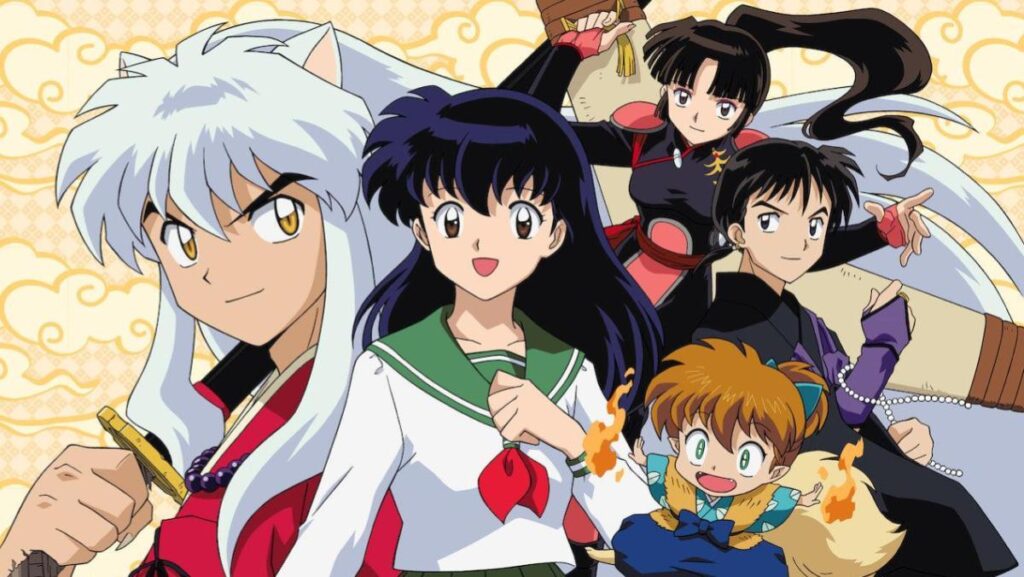
Takahashi created the series because she loved science fiction. Sci-fi had enough flexibility to share unbelievable stories. Takahashi liked that because she could write any way she wanted to. This is a great hook to share with students who might be interested in manga or anime. They can be like Takahashi and use art as a way to tell the stories or express themselves in ways that they want to share.
Takahashi is another great example of an artist who is successful in more than one career path. She is an incredibly successful manga artist. Because she wrote and created characters that were so compelling to her audience, they were able to transfer well from manga to animated series and movies.
Final Thoughts
Your students already have some background knowledge of animation. You can use this to your advantage and engage them in projects and lessons inspired by real-life artists and animators. While some may know how a few animation processes work, many of your students will be amazed. You can pull back the curtain and show them a new application for their art!
What animation projects have you taught in the art room?
Who are your favorite animators?
What are your best tips for teaching stop-motion animation?
Magazine articles and podcasts are opinions of professional education contributors and do not necessarily represent the position of the Art of Education University (AOEU) or its academic offerings. Contributors use terms in the way they are most often talked about in the scope of their educational experiences.
